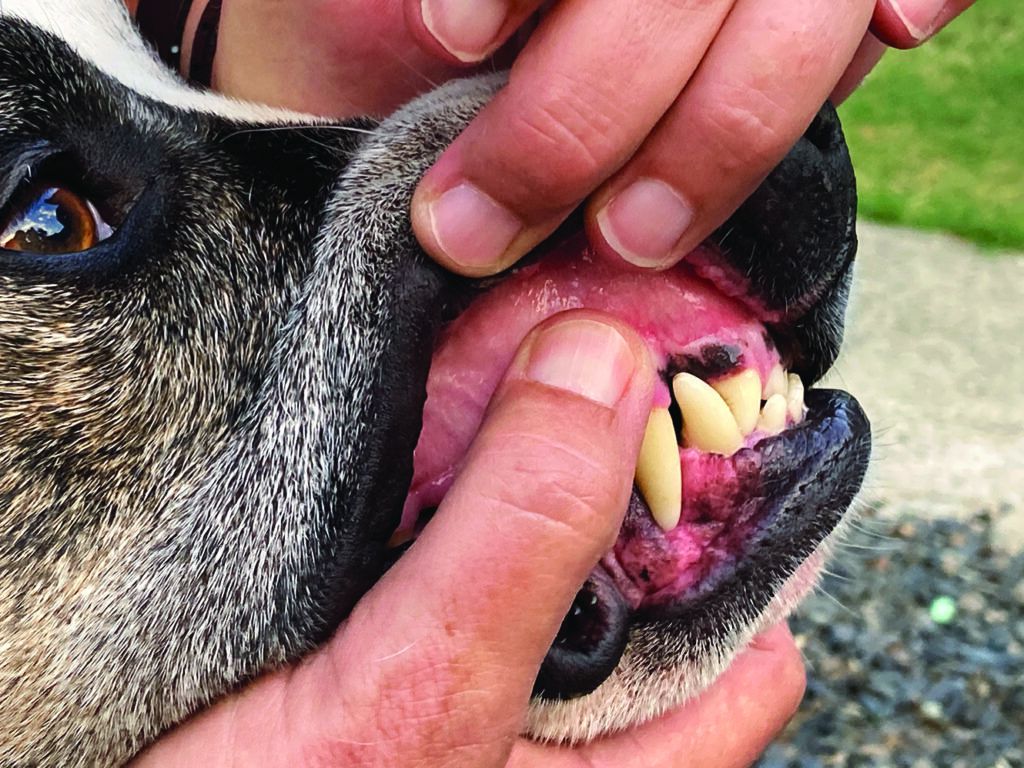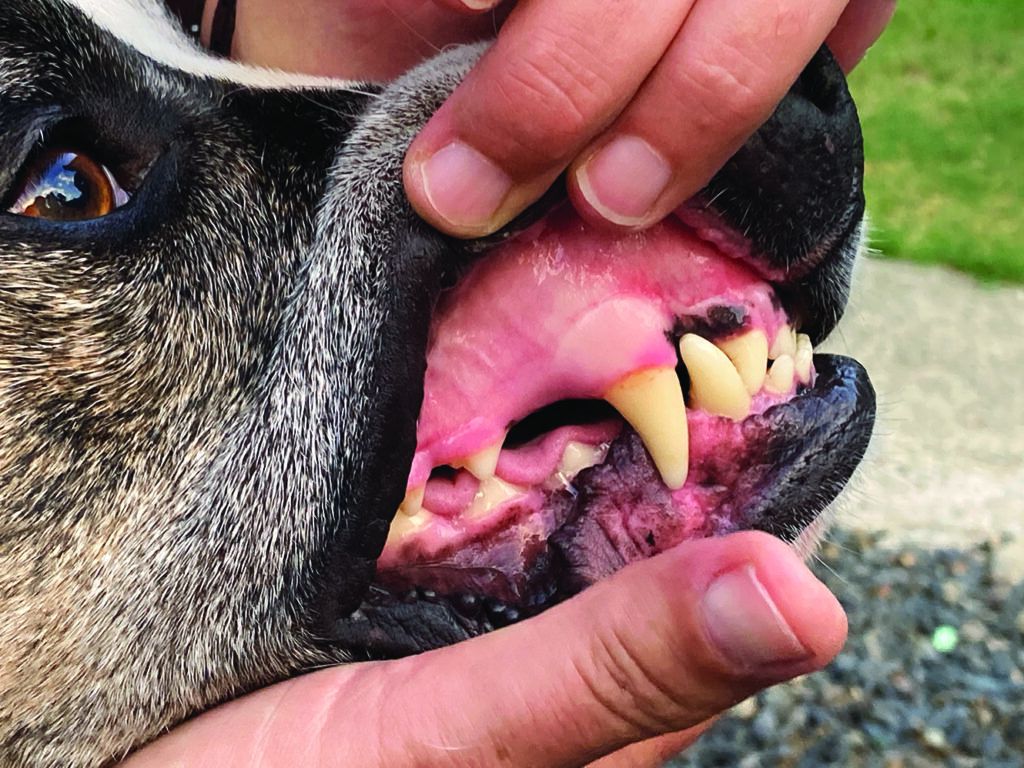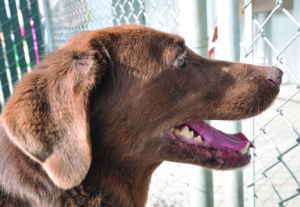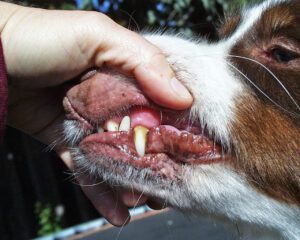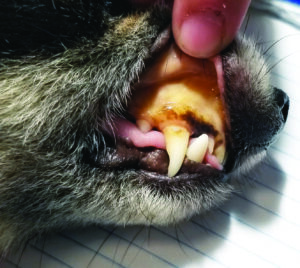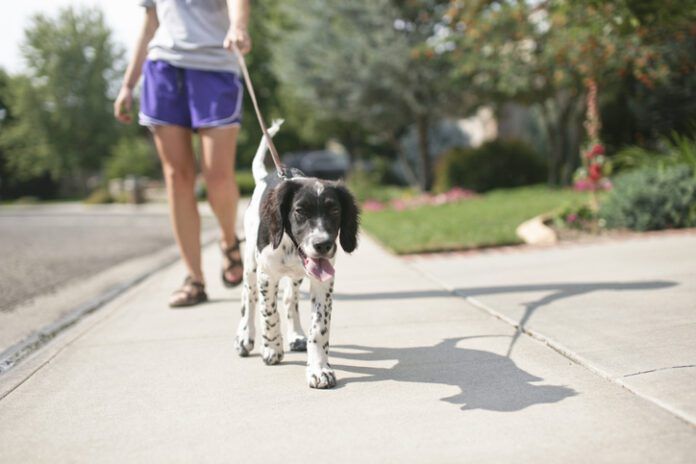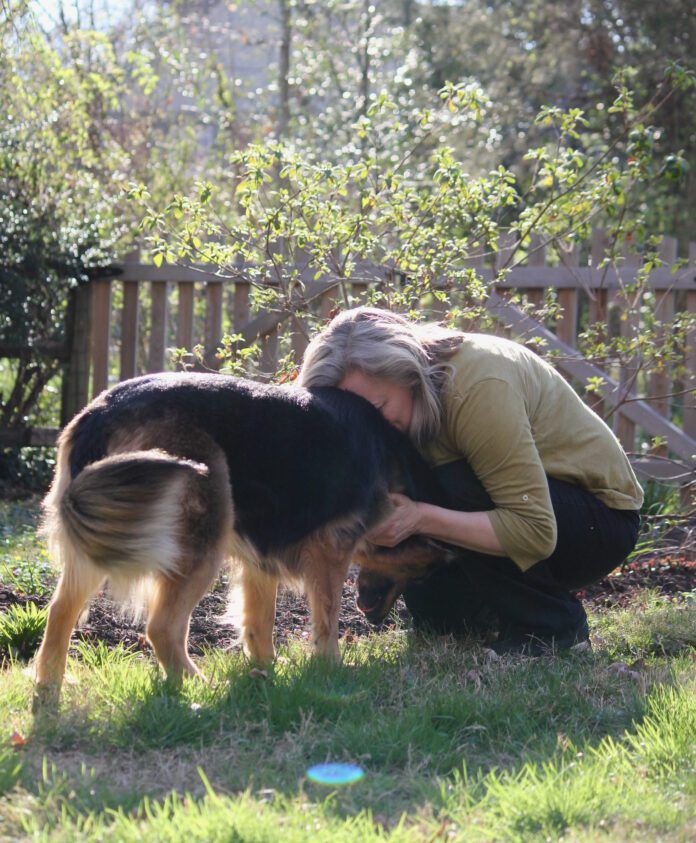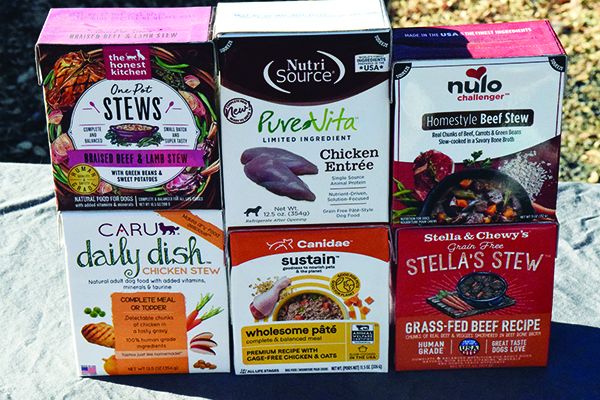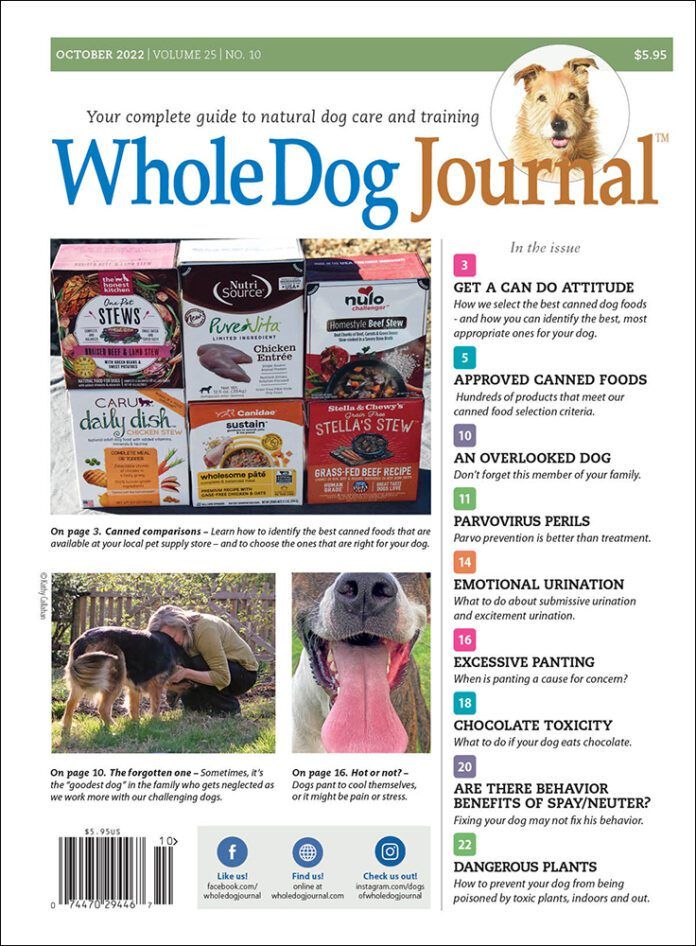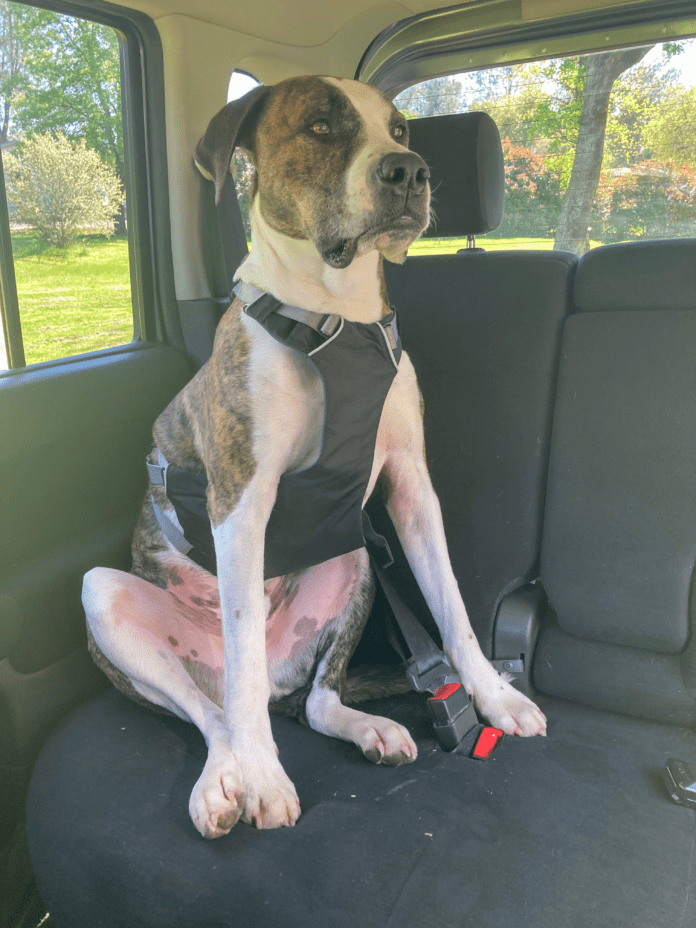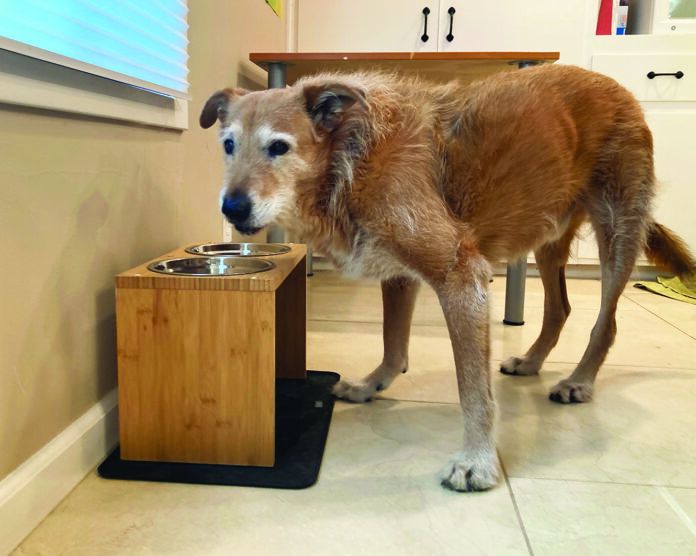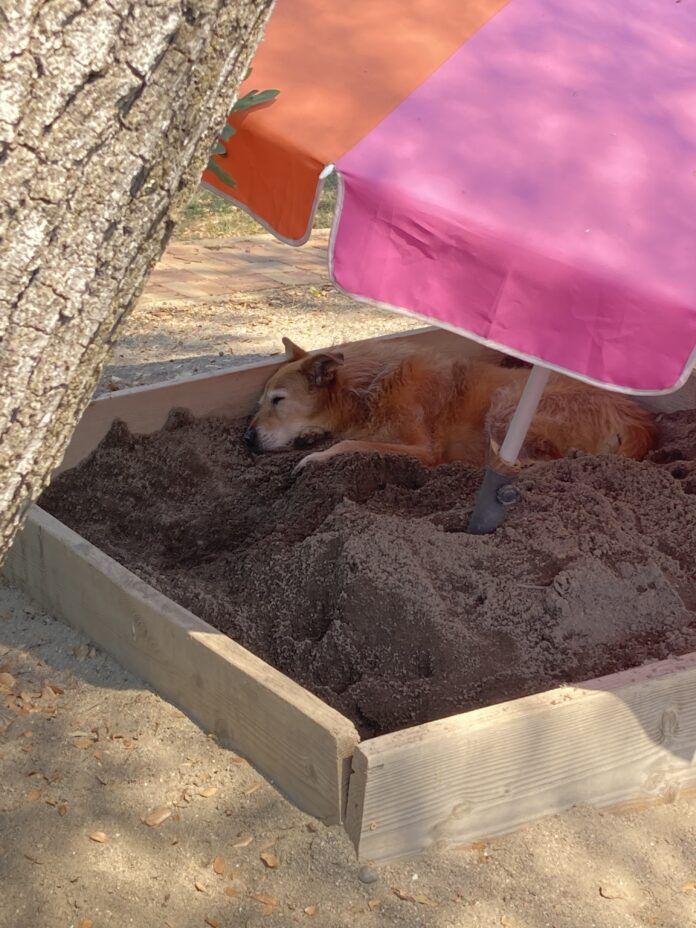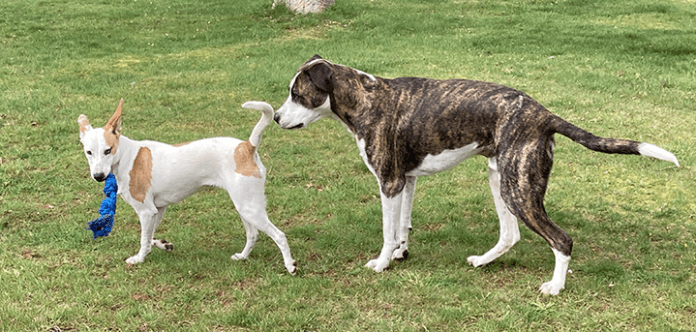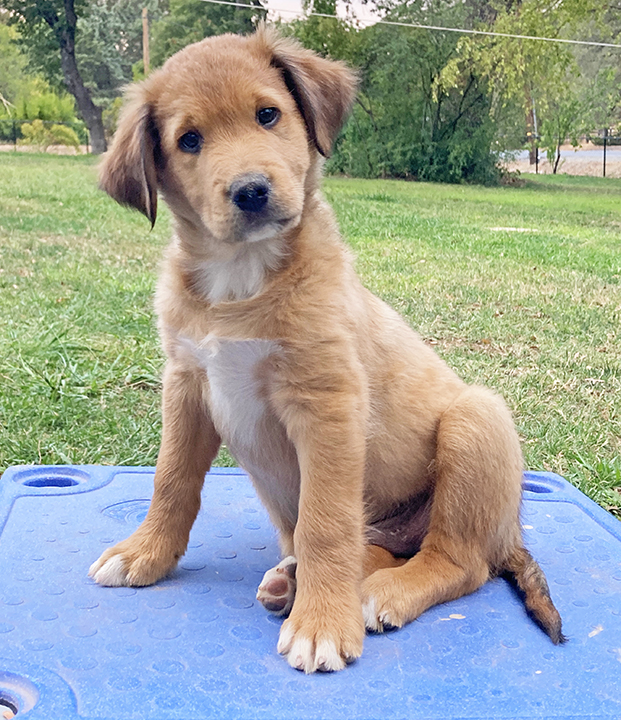Canine parvovirus type 2 (also known as CPV, CPV2, or just “parvo”) has been sickening and killing dogs and puppies since 1976, the year it first emerged in dogs. The illness caused by the virus, characterized by severe vomiting, bloody diarrhea, and lethargy, first affected dogs in Europe. Within two years, however, the virus had spread throughout the world. Uncountable thousands of puppies and dogs who were infected with parvovirus died before the parvovirus vaccine was developed that could prevent the disease.
Jump to: Stages of Parvo | Parvovirus Treatment | How to Prevent Parvo
The market introduction of the parvo vaccine in 1979 and release of an improved vaccine in 1981 relieved dog owners worldwide; finally, there was protection available to prevent the deadly disease. But puppies and dogs who are exposed to the virus before being fully immunized against it still run a strong risk of becoming infected and fatally ill.
Parvo symptoms
The signature symptom of parvo in dogs is severe gastroenteritis (inflammation in the stomach and intestines), which causes vomiting and diarrhea that is often profuse, liquid, bloody, and foul-smelling, and a loss of appetite. Affected dogs and puppies will exhibit extreme lethargy (lack of energy and enthusiasm).
Parvo in puppies usually hits hard and fast. Puppies with parvo are not likely to be acting fine except for diarrhea. They usually look pretty pathetic, sad, and act like they feel awful. They frequently have fevers and abdominal pain. They quickly become dehydrated and sometimes anemic, which makes them sicker and weaker. The younger the puppy, the harder it hits. By the time they are presented to a veterinary hospital, many puppies are in shock (a life-threatening emergency where blood flow is impeded, leading to organ shutdown and death).
Unvaccinated adult dogs can get parvo, too. But because adult dogs have stronger immunity and better mechanisms to fight dehydration and shock, they usually recover more quickly and generally have a better prognosis than puppies, although it can still be fatal.
How do dogs get parvo?
In order to contract parvovirus, an unprotected dog or puppy has to come into contact with feces from an infected dog. The virus gets into the dog through the nose and mouth; a puppy or dog can get it from sniffing, licking, or eating the feces of an infected dog – or just stepping in it and then licking their paws.
The virus is very hardy. It can live for months to years in the environment, which means contaminated surfaces, bowls, and toys are threats. Many disinfectants are ineffective against parvovirus, but diluted bleach kills the virus if left on the infected items for at least 10 minutes.

Stages of parvo
An unvaccinated or incompletely immunized dog or puppy will experience a predictable series of symptoms after being exposed to parvovirus.
Exposure (Infection)
The time from the first stage – exposure (infection) – to the onset of clinical signs is the incubation period. With parvovirus, the incubation period is about seven to 14 days. This long incubation period means when you buy or adopt a new puppy, if he’s been exposed to parvovirus, he may seem perfectly healthy and show no signs of illness for up to 14 days.
Incubation Period
Though your dog may seem perfectly well, during the incubation period, the virus is rapidly multiplying and spreading. It attacks the bone marrow, the lining of the intestines, and sometimes even the heart muscle. When the puppy starts showing signs of the disease, take the puppy to a veterinary hospital, where a test for the virus will be done to confirm the diagnosis. The test can be run in the hospital, so you will have results right away.
Illness
If your puppy tests positive, your veterinarian will run additional tests that help dictate treatment and predict prognosis. After discussing test results, treatment options, and prognosis, treatment begins.
Recovery
The final stage of parvo is recovery. Full recovery once your puppy is out of the hospital and out of danger usually takes a week or so, starting with small, frequent, highly digestible meals, gradually returning to his regular diet and schedule.
Treatment for parvovirus
Treatment for parvo consists of supportive care while the immune system fights off the virus. During this time, the owner must monitor the dog carefully and report any worsening symptoms, such as vomiting, depression, or increasingly liquid diarrhea.
The most important aspect of treatment is fluid therapy; this rehydrates the patient, corrects dangerous electrolyte imbalances, and treats shock. The most severely affected patients will always require at least initial admittance to the hospital for intravenous fluid administration.
Once the initial crisis has been corrected, fluid therapy in some form remains an important aspect of ongoing daily treatment until the vomiting and diarrhea stops, but may be administered under the skin (subcutaneously). The profuse watery diarrhea caused by parvovirus will continue to cause life-threatening dehydration until it resolves, and this can take several days.
Antibiotics are another important aspect of parvo treatment. Puppies frequently die from sepsis, a life-threatening condition caused by bacteria spread throughout the body. Parvovirus damages the intestines, and bacteria from the intestines can “leak” into the bloodstream, ending up everywhere in the body. Preventing sepsis and/or aggressively treating it are critical to a successful outcome.
Pain medication and anti-vomiting medications (antiemetics) are important both for your puppy’s comfort and for shortening overall treatment time. The sooner the puppy can tolerate oral liquids and food, the shorter the healing time will be. Getting nutrients into the gut as early as possible is so important to a good outcome that feeding tubes are recommended for pups who don’t feel well enough to eat on their own yet.
Common complicating medical issues that must be monitored for and corrected include low blood sugar, low potassium, and low albumin (a circulating protein important for fluid balance in the body).
Outpatient treatment for parvovirus
Many puppies with parvo require aggressive treatment for five to seven days or even longer. While inpatient treatment is still considered the gold standard of care, a lengthy hospital stay like that can be costly. It is unfortunately out of the financial realm of possibility for many puppy owners, which is why some veterinarians offer outpatient parvo puppy treatment.
To qualify for outpatient treatment, a puppy must be early in the course of the disease, only mildly to moderately dehydrated, and still alert and responsive. Puppies who are further into the disease when presented, already super sick and maybe septic will not do well as outpatients. The puppy must also have an owner who is willing and able to invest the time and energy necessary for the intensive nursing care these pups require.
Regardless, though, treatment for all puppies should start with hospitalization for intravenous fluids to restore hydration and correct any blood sugar and electrolyte abnormalities. Antiemetics and antibiotics will be given by injection. The outpatient puppy can usually be released to home after four to six hours of this initial treatment.
While individual veterinary protocols will vary, they all require a once-daily visit to the veterinary hospital so the pup’s condition can be evaluated by a veterinary professional and testing for complicating issues can be performed. Daily fluids and electrolytes can be given subcutaneously. Assuming vomiting is controlled, oral treatments for low sugar and low potassium and any other necessary medications can be administered by the owner at home. The owner can also start oral nutrition, with veterinary guidance, as soon as possible.
Puppies who decline in any way, continue to vomit, remain dehydrated, or refuse to eat should be disqualified from the outpatient protocol. If this pup is to survive, bumping him back up to the gold standard of inpatient care and treatment will be necessary.
If your puppy thrives as a parvo outpatient with guidance from your veterinarian – as well as your dedication and excellent care – congratulations! You have likely saved yourself thousands of dollars and your puppy’s life.
How to prevent parvo
The parvovirus vaccine is the mainstay of prevention of this disease. It is highly effective against the virus. It is rare for an appropriately vaccinated dog or puppy to come down with parvo.
Puppies should be vaccinated every three to four weeks, starting at 6 to 8 weeks of age until they reach 16 to 20 weeks of age. As young adults, a booster is recommended initially annually, then every three years.
Additional preventive measures you can take to prevent parvovirus include:
- If possible, get a puppy from a vaccinated mom. She will give her pups temporary immunity through her colostrum (first milk).
- Limit your pup’s exposure until fully vaccinated. This does not mean keeping him in a bubble; that would make him miss out on critical socialization and confidence-building opportunities when they are the most important (see companion post, “Balancing Dual Threats”).
- Just use common sense; avoid areas where unvaccinated dogs are likely to be, such as strays, and watch where your puppy is sniffing, since the virus is found in feces. Pick the puppy up and don’t allow him to touch the floor in high-risk environments, like the veterinarian’s waiting room or at highly trafficked pet supply store or public park.
The bottom line on parvo? There’s good news and bad news. The bad news: Without treatment, almost all infected puppies will die. The good news: With treatment – even outpatient treatment – most puppies will survive. Survival rates are as high as 90% for inpatients, and more than 80% for outpatient puppies.
The best news of all? Parvovirus is easily prevented by vaccination.




